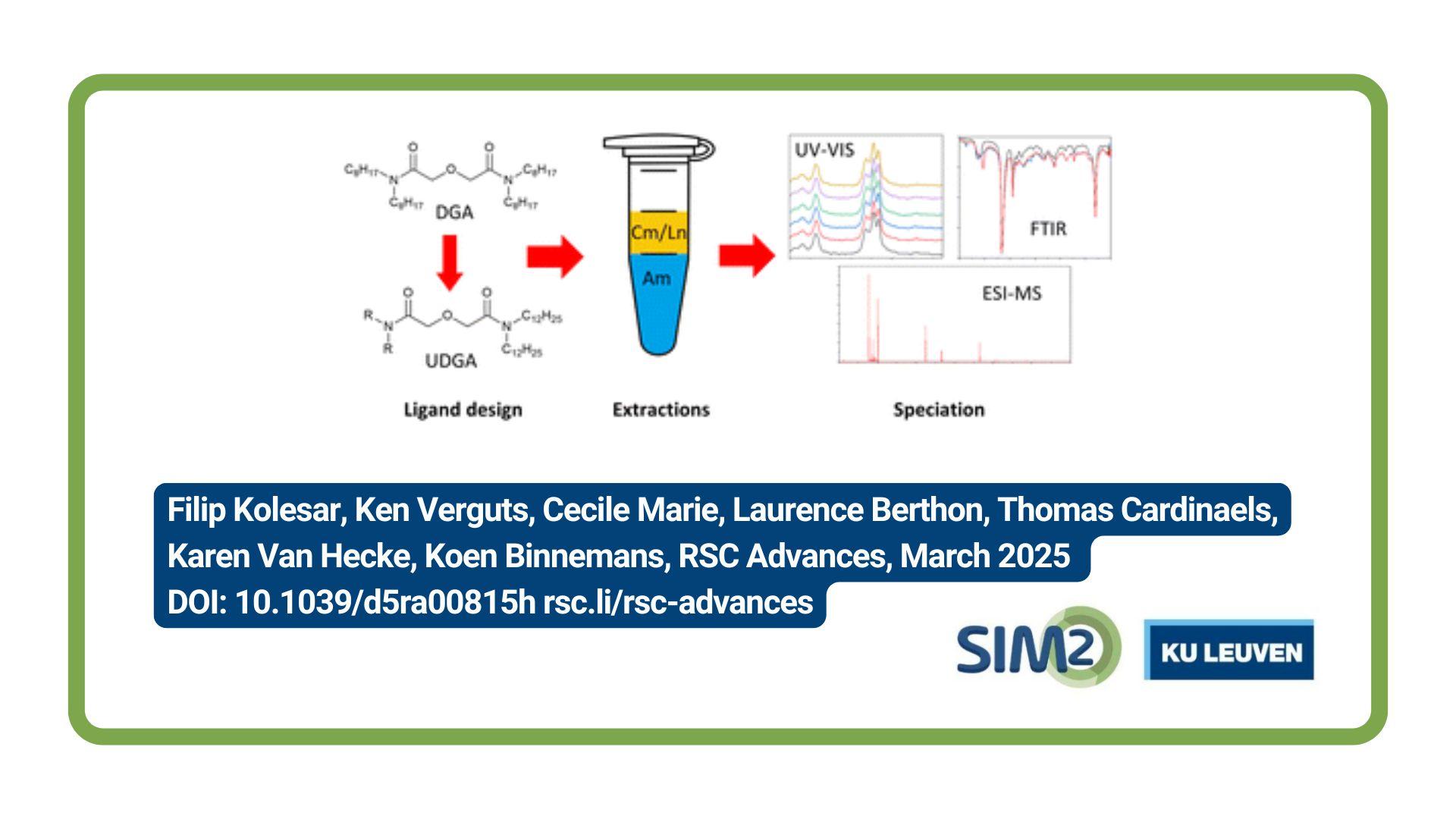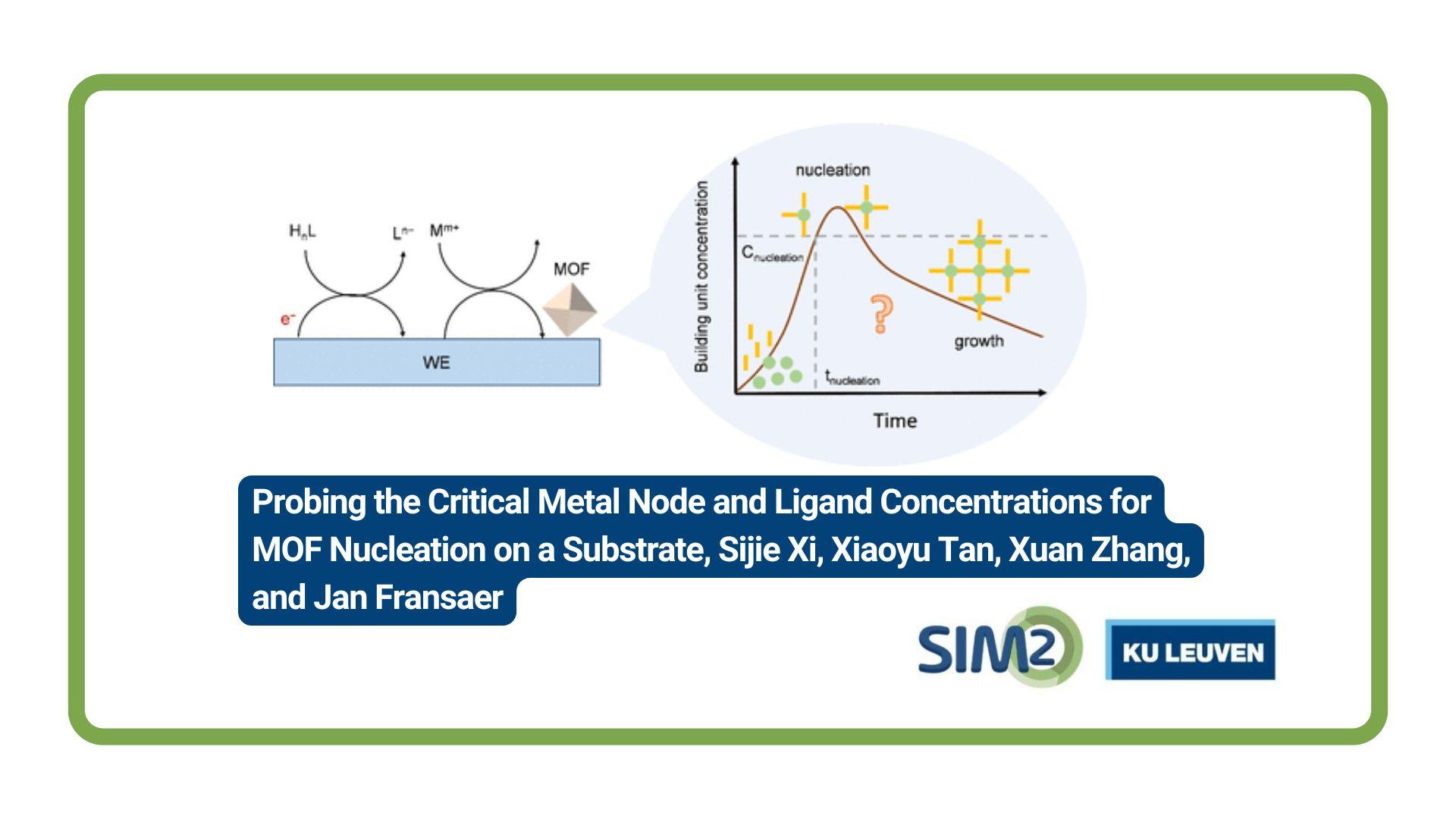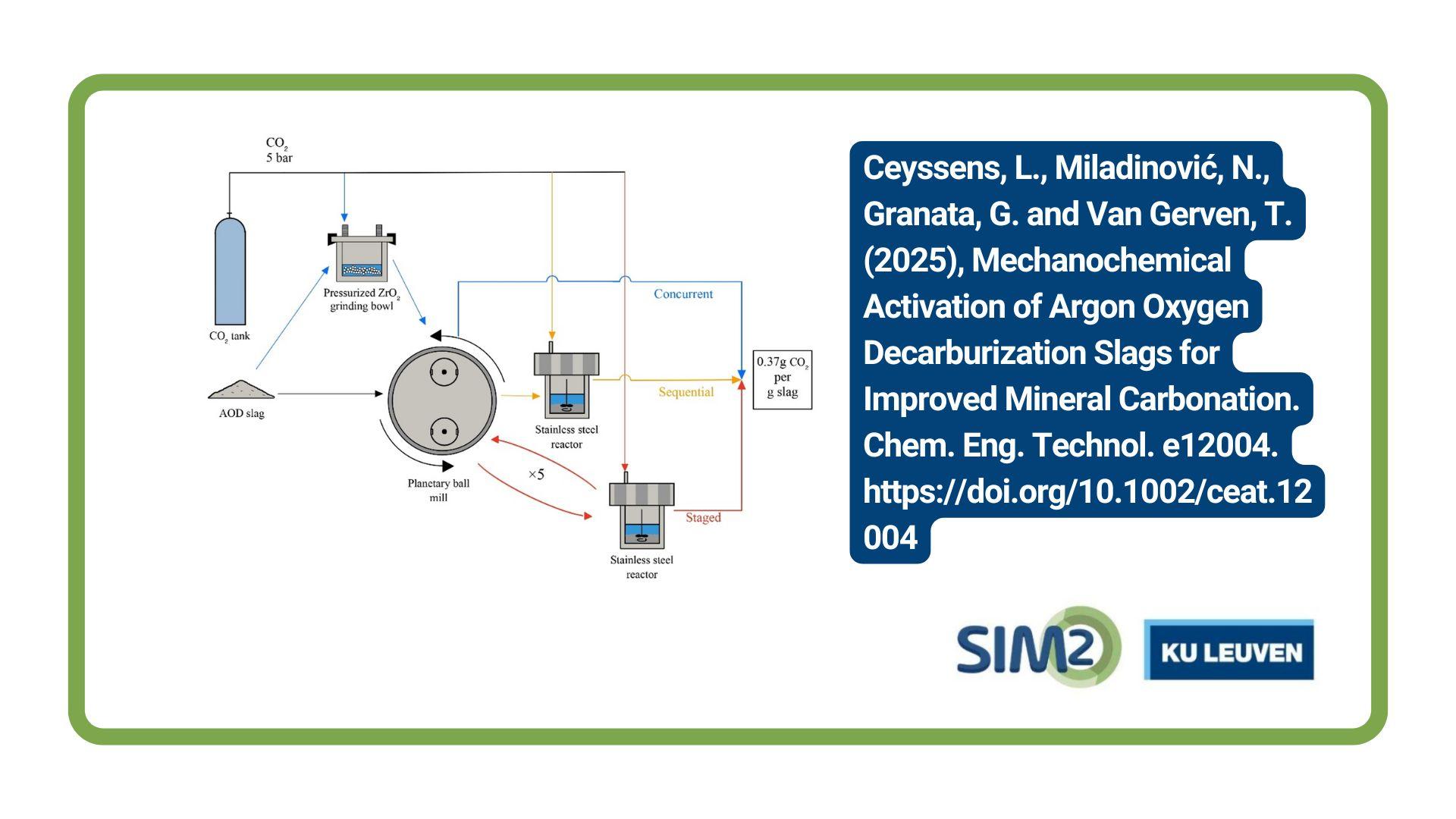Yafei Mao, Petric Marc Ruya, Tom Van Gerven and Xing Yang of the Department of Chemical Engineering, KU Leuven, have published a new article on bipolar membrane electrodialysis for amine regeneration from amine chloride stream to close the amine utilization loop. The article was published on August 23 in the Chemical Engineering Journal.
The amine-based CO2 capture & mineral carbonation (CCMC) using alkaline slag emerges as a new decarbonation route. However, being the most costly component in the process, amine is consumed in large quantity yet its regeneration is overlooked. Thus, to close the material utilization loop, this work proposed the bipolar membrane electrodialysis (BMED) technology for amine regeneration from its chloride streams. With customized BMED configurations, the recovery of two different amines(monoethanolamine (MEA) & 2-(Diethylamino)ethanol (DEAE)) was investigated to reveal the separation mechanisms. This novel concept was firstly proved with a three-compartment configuration, where the cations (MEA+ or DEAE+) can pass through the cation exchange membrane and react with OH− generated by the bipolar membrane thus producing pure amine. The respective MEA and DEAE regeneration reached up to 95.1 % and 92.4 % within 10 h; while the yield of a useful byproduct 1.8 wt% HCl reached ∼ 71 %, which can be reused in CCMC. The results showed that the membrane played a key role: with a standard anion exchange membrane (AEM), the Cl− transfer rate decreased with increasing feed concentration. Although the proton blocking AEM avoided H+ cross-over, the Cl− transfer was stable but exhibited up to 2.5-times lower transfer rate. Via a comprehensive parametric study, a modest current density (150 A/m2) was chosen to avoid significant energy penalty, corresponding to a power consumption of 10.3 kWh/(kg amine). Compared to the acid model, the base model of the two-compartment configuration, had 2x higher amine yield and higher energy efficiency. This study revealed the performance-limiting factors in BMED, inspiring future design of efficient amine regeneration system for closed-loop CCMC process and contributing to sustainable processing towards carbon neutrality.
Reference
Y. Mao, P.M. Ruya, T. Van Gerven, X. Yang, Bipolar membrane electrodialysis for amine regeneration from amine chloride stream: Closing the amine utilization loop, Chem. Eng. J. 498 (2024) 155126. https://doi.org/https://doi.org/10.1016/j.cej.2024.155126.
Acknowledgement
The Chinese Scholarship Council (CSC) is gratefully acknowledged for their support.





